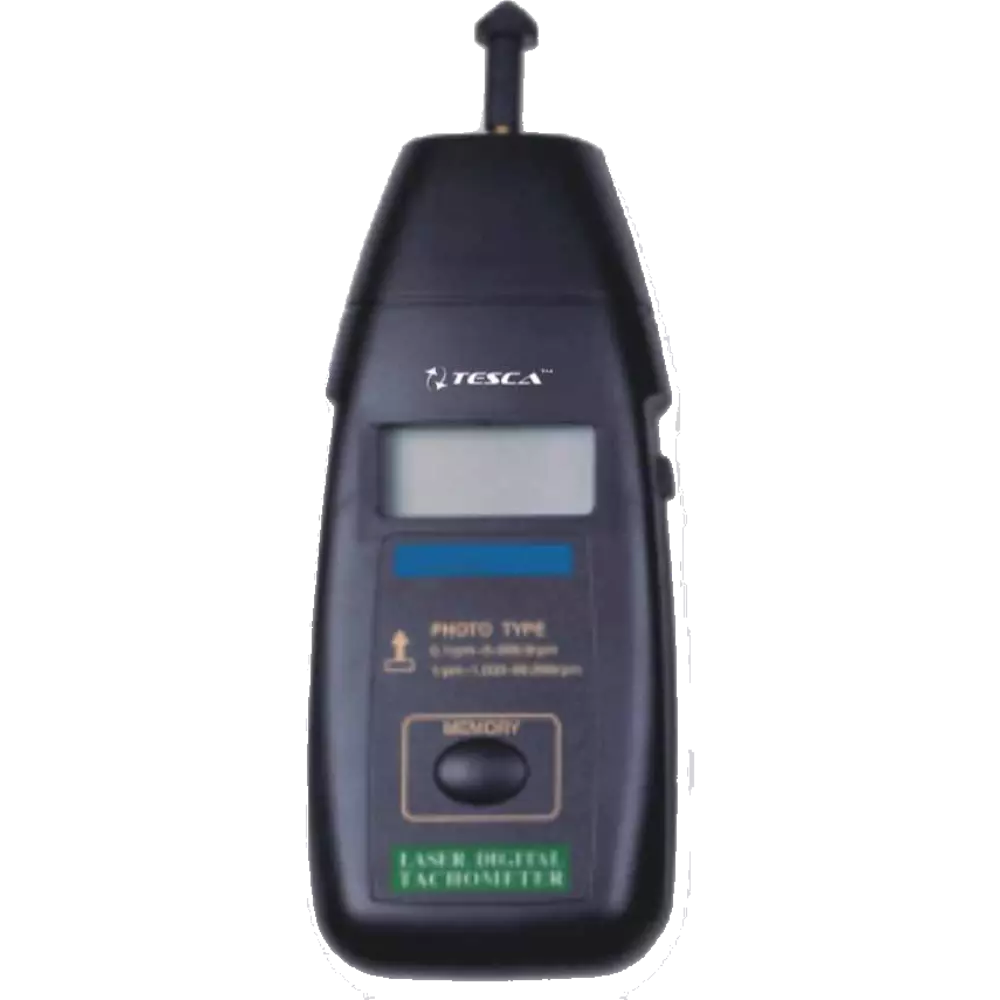Tachometer Fundamentals: Everything You Required to Know for Accurate Readings
Tachometer Fundamentals: Everything You Required to Know for Accurate Readings
Blog Article
Checking Out the Functions and Benefits of a Tachometer: A Comprehensive Overview for Automobile Fanatics
In the world of automotive instrumentation, the tachometer stands as an important tool that supplies vehicle drivers valuable understandings into their car's efficiency. tachometer. From giving real-time data on engine rate to aiding in optimizing equipment shifts, the tachometer serves as greater than just a dial on the control panel. Its complex functions not only boost driving experience yet likewise play a critical function in maintaining engine health and wellness and effectiveness. As we look into the detailed operations and advantages of a tachometer, a much deeper understanding of its significance for auto enthusiasts and professionals alike will unravel.
Comprehending the Basics of a Tachometer
In the realm of vehicle instrumentation, recognizing the fundamentals of a tachometer is important for any kind of car fanatic wanting to look into the complexities of engine efficiency tracking. A tachometer, commonly displayed on the dashboard of a car, determines the engine's revolutions per minute (RPM) This crucial instrument gives real-time information on just how quickly the engine crankshaft is revolving. By keeping an eye on the RPM, motorists can ensure they are running within the ideal array to optimize efficiency and efficiency.
Tachometers typically have a scale marked in revolutions per minute, with a redline showing the optimum rate at which the engine can safely run (tachometer). This details is vital for preventing engine damages and enhancing equipment shifting for hands-on transmissions. In addition, tachometers can assist in detecting engine problems such as misfires or a failing ignition system by detecting irregular RPM readings
Relevance of Checking Engine Rate

The engine speed, measured in transformations per min (RPM), shows exactly how quickly the engine's crankshaft is rotating. Keeping track of engine speed is specifically important throughout gear shifts, as it assists vehicle drivers establish the best time to alter equipments for smooth acceleration and efficient gas consumption.
Furthermore, tracking engine rate can also provide useful understandings right into the general health of the car. Unusual changes in RPM may indicate issues such as a stopped up air filter, fuel system issues, or perhaps engine misfires. By finding these abnormalities early through the tachometer readings, motorists can address possible problems quickly, protecting against extra extreme damage and expensive repair work down the line. Generally, checking engine rate with a tachometer is a fundamental practice that can boost driving efficiency, prolong engine life, and guarantee a much safer and more satisfying driving experience.
Enhancing Efficiency Through Gear Shifts
Correct gear moving makes certain that the engine operates within its ideal power band, allowing for smooth acceleration and enhanced gas economic climate. When changing gears, it is critical to pay attention to the engine rate showed on other the tachometer.

To achieve peak performance via gear changes, motorists ought to exercise smooth and timely shifts in between gears, matching engine rate with roadway speed to harness the full potential of their lorry's powertrain.
Making Best Use Of Efficiency With a Tachometer
Understanding the art of gear moving in high-performance lorries not just improves driving experience yet likewise plays a crucial duty in taking full advantage of performance with a tachometer. tachometer. By paying close interest to the tachometer analyses, chauffeurs can enhance their gear changes to operate within the engine's most reliable variety. When increasing, changing equipments at the ideal RPM shown by the tachometer can prevent the engine from overworking or underperforming, bring about boosted gas efficiency and overall efficiency
Additionally, a tachometer aids drivers stay clear of unnecessary revving, which not only wastes gas however additionally puts unneeded stress on the engine. Regularly keeping an eye on the tachometer while driving enables smoother gear shifts, decreasing damage on the transmission system gradually.

Advanced Tips for Tachometer Utilization
To delve right into More Info sophisticated tips for tachometer use, think about incorporating the usage of shift lights. Shift Get More Information lights are visual indications that brighten when it's time to shift equipments based on engine transformations per minute (RPM), permitting for smooth equipment modifications without continuously monitoring the tachometer. By fine-tuning shift points and establishing warning limits, drivers can optimize acceleration and engine efficiency while lessening the threat of over-revving.
Verdict
In verdict, the tachometer serves as an essential tool for cars and truck fanatics to keep track of engine rate, enhance efficiency with equipment changes, and make best use of efficiency. By recognizing the features and benefits of a tachometer, vehicle drivers can optimize their driving experience and extend the life expectancy of their automobile. Using innovative ideas for tachometer use can additionally boost driving abilities and overall performance when traveling.
Report this page